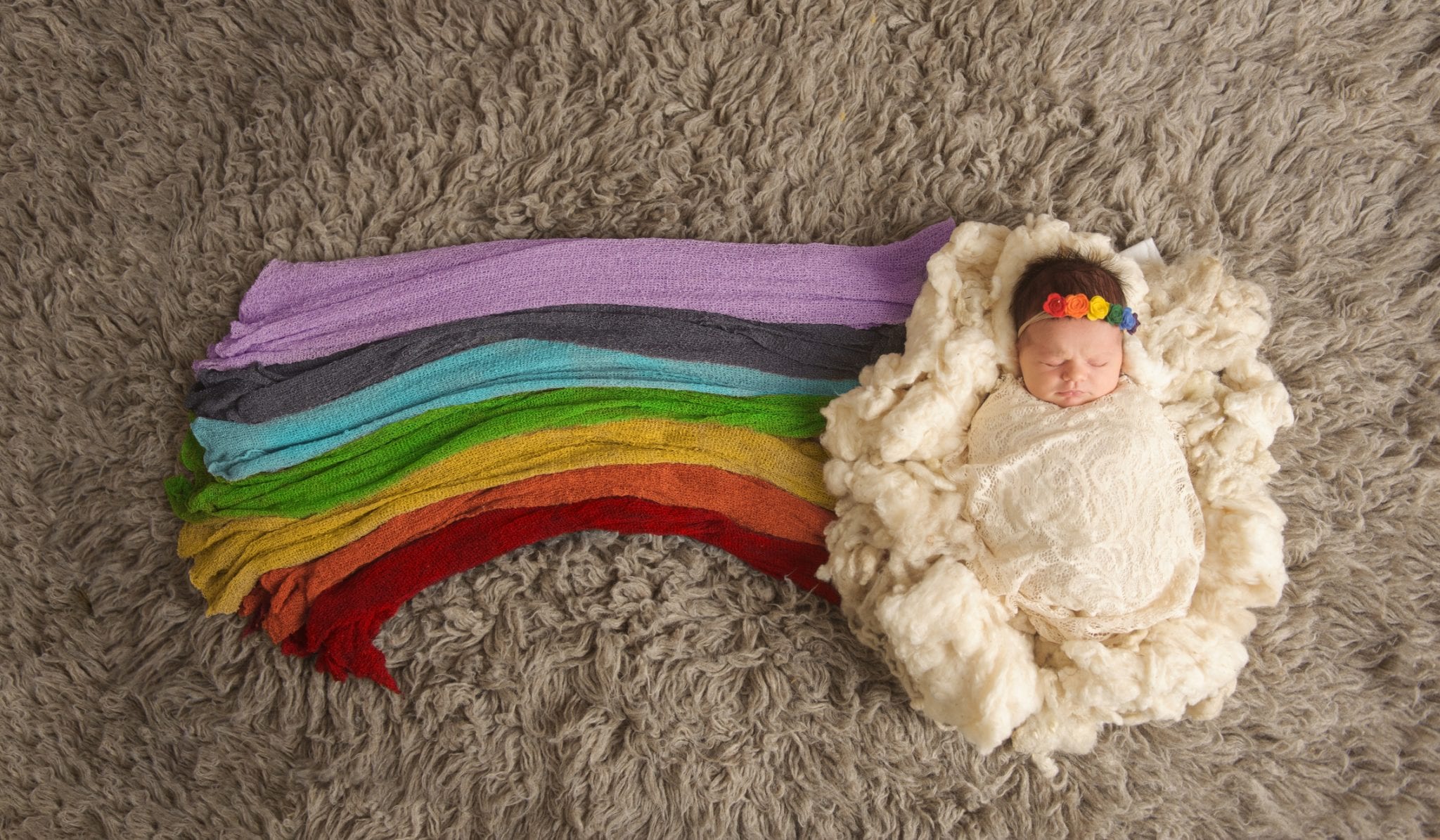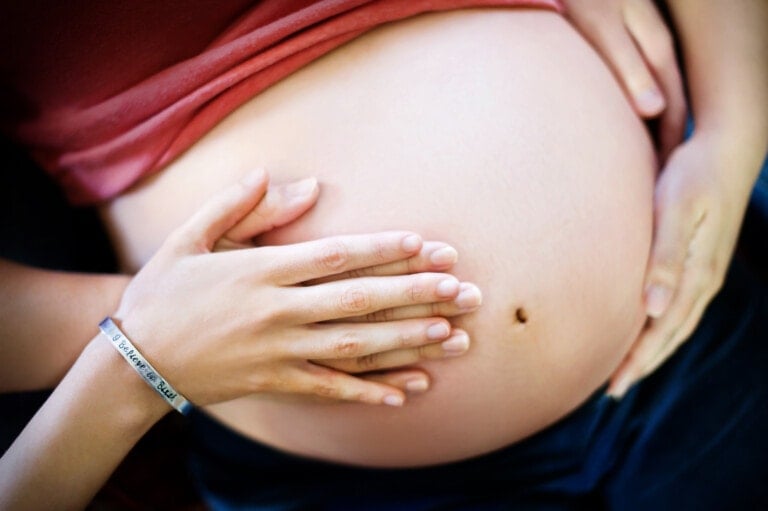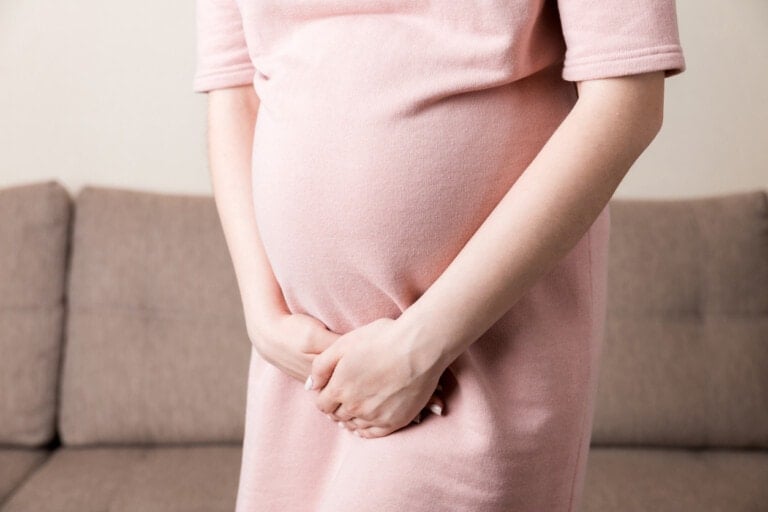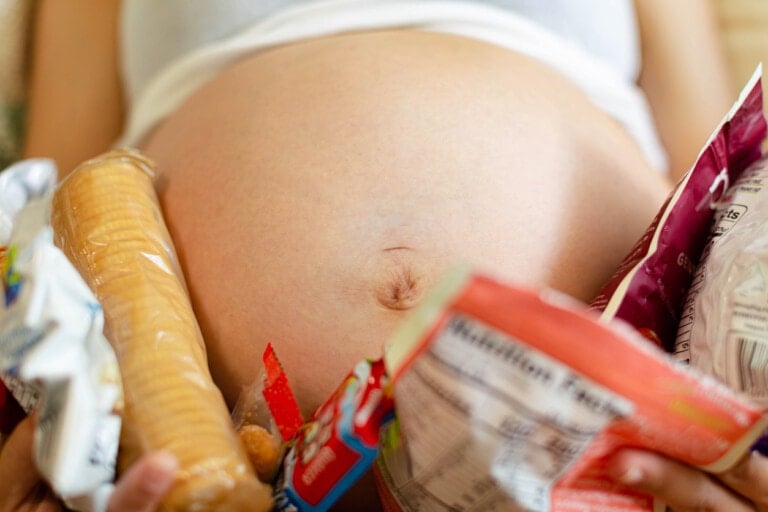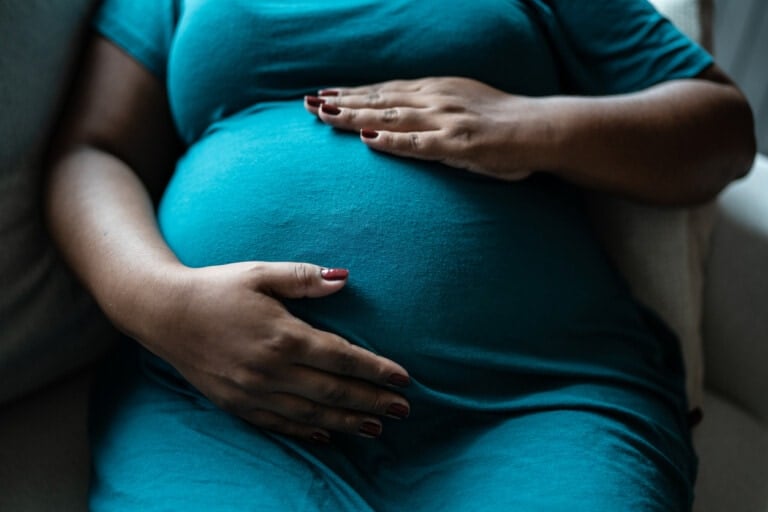For many, the term “rainbow baby” needs no explanation: it is, simply put, the promise of hope and joy fulfilled. It’s the unimaginable gift of having a healthy baby and pregnancy after losing a child. And though it is not something we hope anyone has to experience, it is a term everyone can understand.
Why “Rainbow Baby?”
Rainbow babies are deemed as such because they come after the storm of loss: through miscarriage, stillbirth, or a child passing at the beginning of their lives. They are the embodiment of parents’ most fervent prayers. And they represent the truest resiliency of the human spirit. After all, it takes an incredibly strong heart to persist through the kind of pain onset by losing a child. These special little ones are being honored in wonderful ways, especially lately: through open discussion and dialogue, rainbow baby-themed maternity photos, and tender onesies that proclaim to the world that the pain, though never permanently erased, is suddenly much less intense thanks to a tiny little person.
Rainbow Baby Parents Speak Out
We asked pregnancy and parenting after-loss mamas what “rainbow baby” meant to them.
“I think you pray for them more than any other child in your womb if that’s even possible. And then, when they’re born, you just marvel at the miracle of life like never before. You never take any of it for granted. I also feel a little sad when others say about their child, “Oh, my little girl is growing too fast — stay little.” Or others tell parents, “Wait till their teens. “Life and growing each year isn’t a given, and it really should be celebrated as the wonderful blessing it truly is.” —Cindy P.
“It makes me think of my daughter. But I see the word not as eclipsing the memory of the child I lost. Instead, honoring my angel baby even as I celebrate milestones with my new child.” —Samantha B.
“A rainbow baby is the promise of hope we find after experiencing loss from a baby we loved. It’s beyond wonderful to experience tangible hope through a new baby after such a hard loss in a previous pregnancy.” —Amy W.
“My rainbow baby is the peace at the end of a storm, the joy after pain, the hope after hopelessness, and the light at the end of a dark road.” —Tara U.
“I’ll never forget laying in the hospital bed half asleep when my Dr. came in the morning after giving birth. She handled my miscarriage, and she handled my son. I’ll never forget the smile she had on her face when she said, ‘You have a beautiful rainbow after such a rough storm— congratulations, you did so good.'” —Kristin B.
“God’s promise fulfilled — my daughter is the answer to prayer given through brokenness. She is my constant reminder that He is faithful, even when He seems quiet.” —Nikki N.
Rainbow Baby After the Storm
Grief is often aptly described as a storm because it represents a storm in so many ways. It can be sudden, terrifying, devastating, and tragic. Though some storms last longer than others, it’s also helpful to understand that storms do pass. After the turmoil, the dawn of day is upon you once more. The sun will rise, and with it comes an optimism that encourages you to persist and clear the wreckage, making way for what comes next.
No one knows who coined the term “rainbow baby, though one thing is for sure: the fact that we are celebrating rainbow babies means we are discussing mothers and their experiences with loss, and in doing so, we remember those who left the world far too soon. Rainbow babies are beautiful in the multifaceted way that the happiness and love they bring with them is also one that honors their siblings’ lives, however brief. And nothing could be lovelier or paint a clearer picture of the joy that follows the rain.













